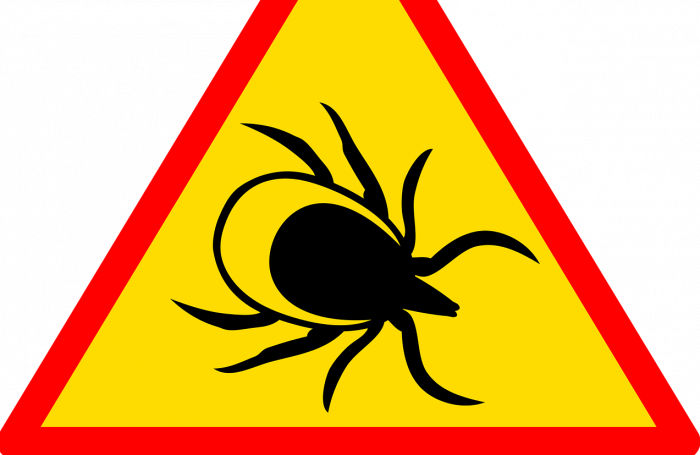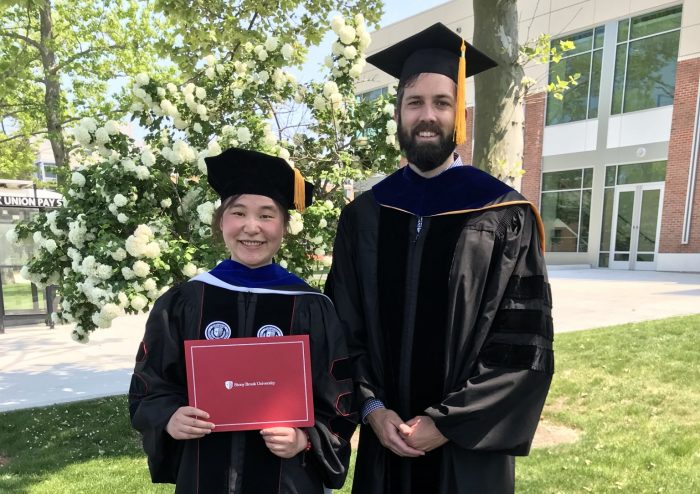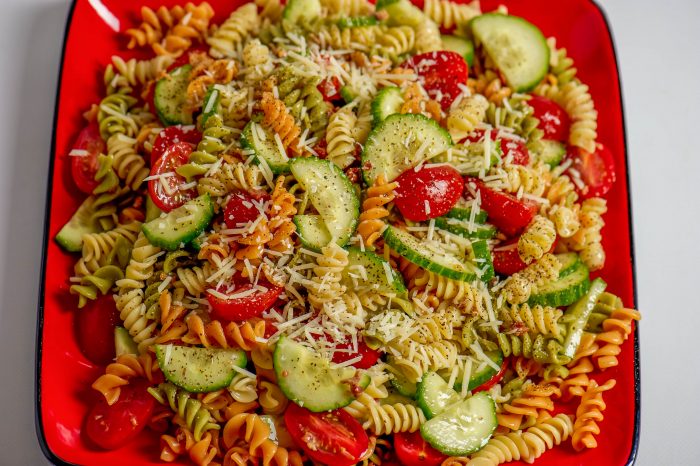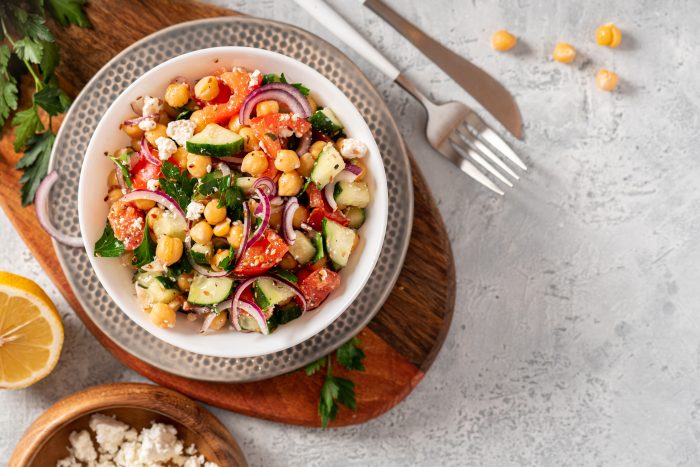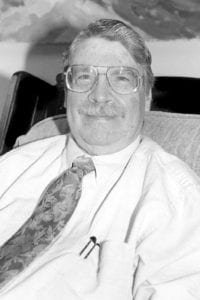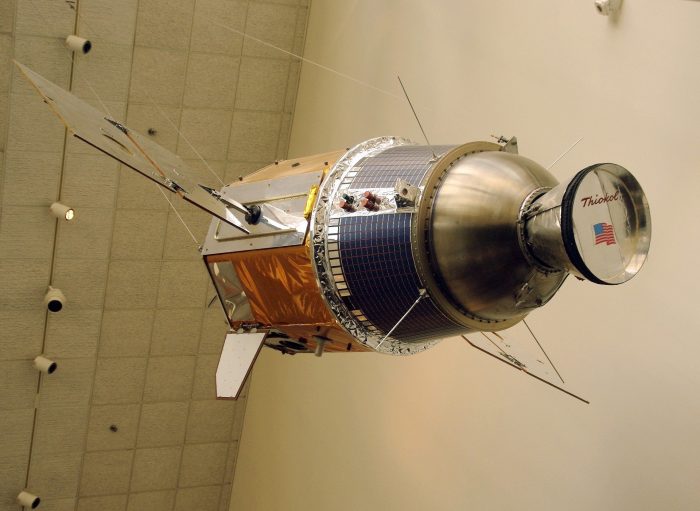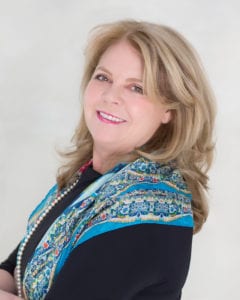By Leah S. Dunaief

Here we go again. I have had another encounter with a tick, but this time, to make the story more interesting, the villain is a white tick. At least it can appear white when it is engorged with blood. My blood. Just the thought of it is enough to make one’s skin crawl, right?
Well, it’s tick season particularly now, and you don’t have to go into the woods to find them. They can be in the beautiful lawn at your house or in the bushes that you brush against when you take out the garbage. Unless you are wearing long pants that are tucked into your socks and a long sleeve shirt and hat, you could be a victim. More likely, your dog could appear to a tick as a delicious steak on four legs, and if bitten, the dog can inadvertently carry the tick into your home. I think the white tick found me as I was sitting on the cement edge of a pool and wearing just shorts and a short sleeve shirt in the recent 90-degree weather. (Chicken that I am, I found the water still too cold to jump in.)
We all know that ticks can carry Lyme disease. But there are other diseases that could potentially be transmitted through their bite. Rocky Mountain Spotted Fever is another, and despite its geographical designation, this malady can occur throughout the United States and yes, even on Long Island. A local internist I know tells me he has seen several cases in the course of his practice.
RSMF, as it is sometimes referred to, is a bacterial disease that typically begins with a fever and fierce headache. A few days later a rash develops, made up of small spots usually starting on the wrists and ankles. Other symptoms may include muscle pains and vomiting.
To my surprise, when I had routine blood work done for an annual check-up a couple of years ago, I discovered that I had indeed had RSMF from that previous tick bite but with no symptoms.
Asymptomatic versions do indeed occur, and I was one such example. Now I have again been bitten, and the question is whether I could get the disease again, if the tick carried RSMF, or if I have antibodies sufficient enough to make me immune. Then again, I cannot be sure that this recent tick did not carry Lyme disease or some other microbial agent of infection.
What to do?
It never helps to have a medical problem on a weekend. I apparently was bitten on Saturday afternoon and found the tick behind my right knee on awakening Sunday morning. My hand was drawn to it because of a severe itch. At first, because it was small and white, we thought it was a skin tab that had spontaneously appeared. But upon pulling, it came off and began crawling away. Since I had experience with a tick bite before, I knew to capture the tick in a plastic sandwich baggie and save for the physician to send for testing.
As the day progressed, I could feel a tiny lump where I had been bitten, and the area around the lump became red and warm, with the same intense itch that had originally drawn my attention. By Tuesday, I had an appointment with my physician, and I had more than only the tick to show him. The red area had increased from the size of a silver dollar to that of my palm. I am now taking doxycycline, the antibiotic of choice, as well as an antihistamine for what is probably an allergic reaction.
I share this with you as a cautionary tale to urge you to check yourselves daily for ticks that might have targeted you as a good meal. And further, don’t just assume a tick on you will be black and therefore readily spotted. Take heed from my experience. They can also be white.

